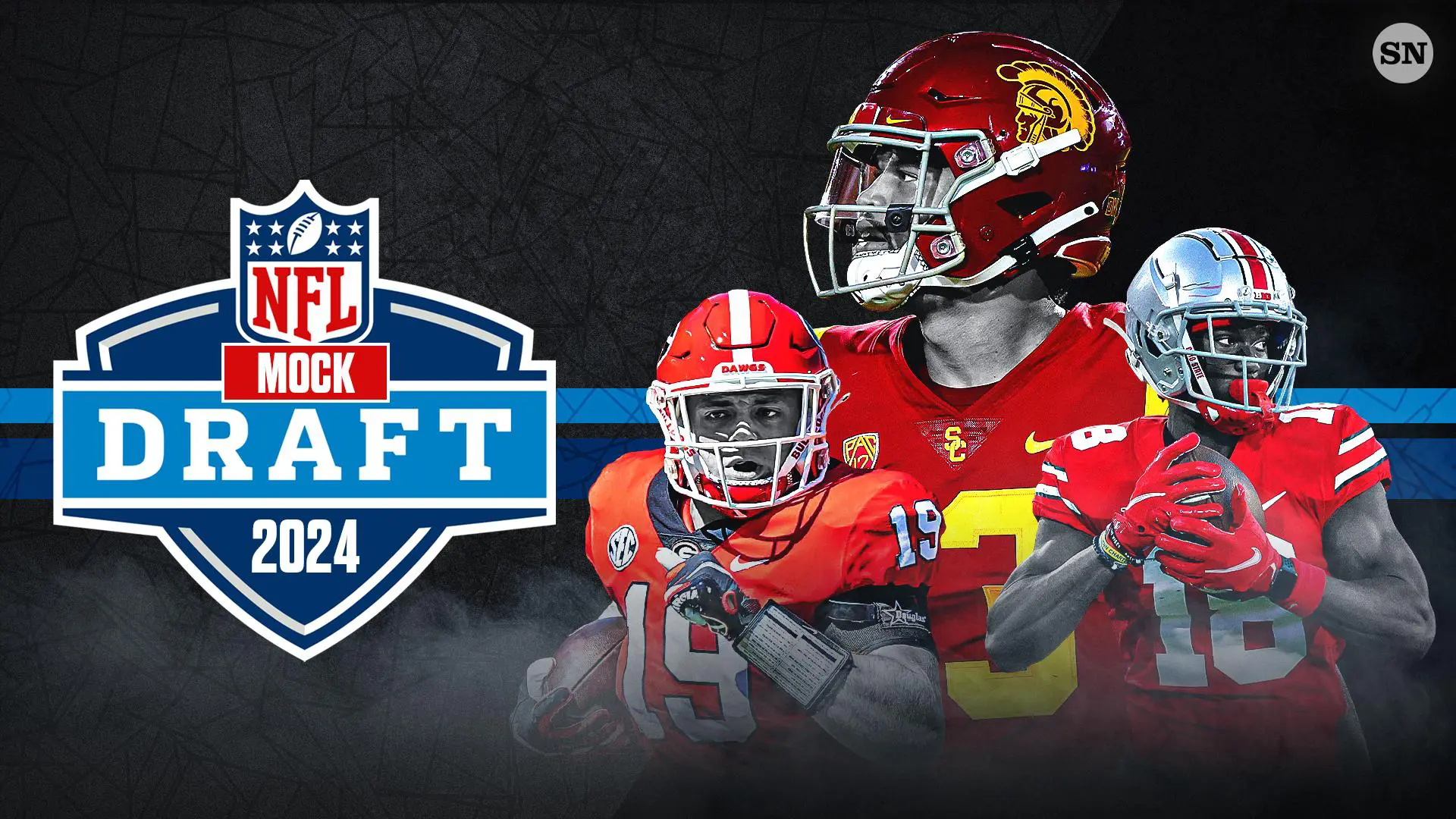The NFL Draft and Executive Recruiting
Did you know that, except for the Super Bowl, the NFL Draft is the most watched sports program of the year? Amazing. It is a three-day talent-hunting event broadcast live on ESPN this year beginning on Thursday, April 25th.

Approximately 224 college football players (32 teams x 7 rounds) will be selected over a period of three consecutive nights to become part of the world’s most exclusive men’s club…the National Football League.
So exactly what is this “Draft” anyways? And why am I fixated on it each and every year?
More importantly, how does it relate to the talent hunting an executive recruiter does on daily basis?
Most NFL teams use an evaluation and recruiting process very similar to what we use to identify, assess, develop, and ultimately, recruit top talent for our insurance clients. Here are some similarities:
The Board:
NFL: If you watch the NFL Draft on television, you will see each team has a large board set up in their “draft room” which ranks all the college players by position. Each team has a different ranking system based on their own unique individual criteria – which, of course, is a closely guarded secret.
Executive Recruiter: Like each NFL team, we have a large white board in our office which ranks all prospective candidates in the functions of Account Manager and Producer across Commercial Lines, Personal Lines, and Employee Benefits. Many recruiters have similar systems in place to rank candidates.
We use a numbering system to rate all our candidates from 1 to 10 and have a running Top Ten list across all six categories. All candidates are considered equally, but those on the board are our “go-to” candidates when our clients call with urgent requirements. More than one client has requested special access to this room, but it is strictly off limits.
We rank our candidates based on our own proprietary scoring system developed over the years but it does include things such as: experience, professional designations, attributes, recommendations, location, client-facing skills, responsiveness, and motivations.
Assessment Tests:
NFL: NFL teams use multiple assessment/personality profiling systems which measure specific attributes they are seeking in their players. These attributes include determination, self-confidence, mental acuity to learn the playbook/plays (for skill positions), teamability, and the ability to overcome adversity.
The ability to overcome adversity in professional sports, particularly the NFL, is critical and many of the biggest NFL stars come from broken down homes with single-parents in poor neighborhoods where overcoming adversity was a key to their survival.
Executive Recruiter: Many of our clients conduct similar assessment profiling. They use their own finely-tuned assessment profiling systems to measure a candidate’s attributes to ensure proper fit into their organization. Most will calibrate these assessment tests to identify and highlight the skills of their existing peak performers. For example, four attributes that our clients often seek in their profiling systems for sales producers are: determination, empathy, insight, and high-level communication skills.
Experience versus Potential:
NFL: Some teams draft mostly on past performance, such as a player making All-American or similar All-Conference designation, while others are willing to take a chance on upside potential…i.e. the college athlete who scored very high on the physical traits during the testing phase. These are referred to as “measurables” such as a very fast 40-yard dash time for a running back or wide receiver, hand size for a quarterback, or agility and quickness for an offensive lineman.
Looking back on previous drafts, it is not surprising that many of the biggest “draft busts” of the past 25 years have been players who were selected based primarily on potential and measurables. Attributes such as grit as well as past performance do mean something.
Executive Recruiter: I deal with this question of experience versus potential every day on the recruiting trail. Is it the person with 30+ years of experience who can hit the ground running or is it the younger candidate with only five years of experience, but who has technology skills, social media savvy, ambition, and a greater imagination to create? There is no right answer. It depends on the individual and client’s needs. The real dilemma is when both of these candidates intersect at the compensation level.
What does all this mean for candidates and hiring authorities?
Ultimately, like in the NFL Draft, the magic happens when the candidate has the right skills, experience, and attributes that are in direct alignment with the requirements of the hiring authority’s organization. That’s how organizations, like NFL football teams, get to the top of the mountain.
ENJOY the NFL Draft on 4/25!



